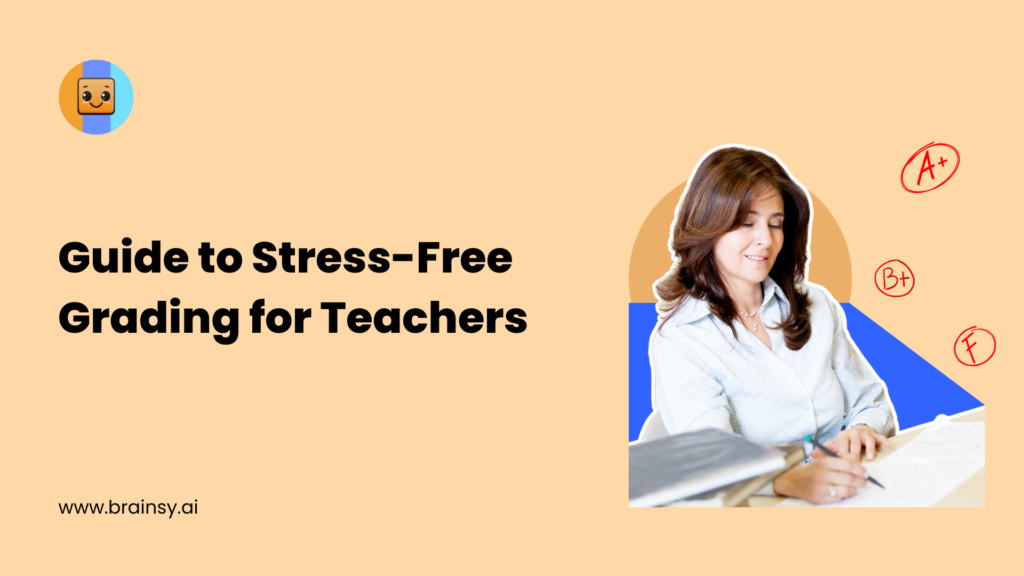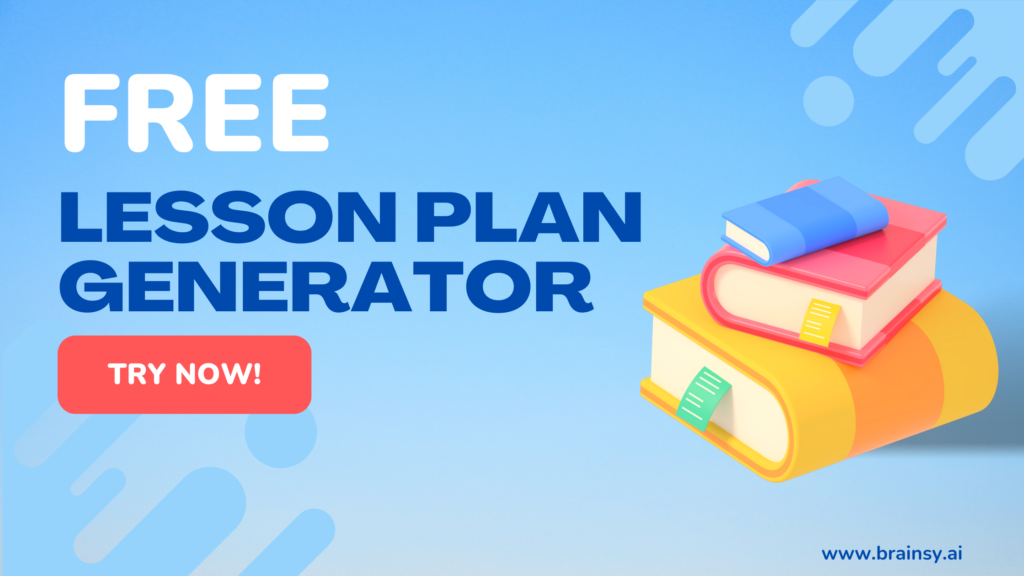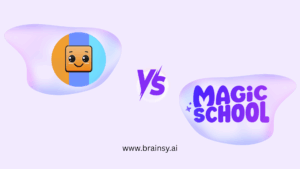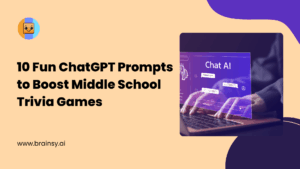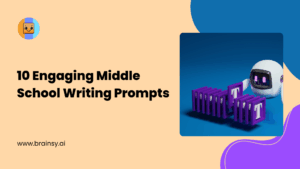Understanding Lesson Planning: The Foundation of Effective Teaching
Planning a lesson is the cornerstone of any effective teaching strategy. It’s a blueprint that guides educators in delivering structured, engaging, and impactful lessons. By meticulously planning a lesson, we ensure that our teaching objectives align with curriculum standards, cater to diverse learning styles, and are achievable within the allotted time. Learning how to write a lesson plan effectively is crucial for both new and experienced teachers.
In my experience, a well-structured lesson plan serves as a roadmap for both teachers and students. It outlines the learning objectives, materials, teaching activities, and assessment strategies needed to facilitate a productive learning environment. When lesson planning for teachers is done effectively, it not only boosts student engagement but also enhances overall classroom management.
Moreover, lesson planning is an iterative process that involves reflection. Each lesson provides new insights, allowing us to refine our instructional strategies. By reflecting on the success and challenges of each lesson, we can continuously improve our teaching methods, ultimately leading to better learning outcomes for our students.
The Importance of Efficient Grading in Education
Grading for teachers is an essential component of the educational process, as it provides critical feedback to both students and educators. Efficient teacher grading can significantly reduce the stress associated with evaluating student work, allowing us to focus more on teaching and less on paperwork. By using grading programs for teachers, educators can streamline assessment tasks, improve consistency, and save valuable time. It is crucial for maintaining transparency and fairness in assessment, ensuring that students understand their progress and areas for improvement.
From my perspective, efficient grading also involves clear communication with students. By providing timely, constructive feedback through both formative assessments and summative assessments, we can motivate students and encourage them to take ownership of their learning journey. This approach fosters a supportive learning environment where students feel valued and understood.
Furthermore, efficient grading practices can alleviate the workload on teachers, preventing burnout and promoting self-care. By streamlining grading systems and using educational technology such as grading software for teachers, we can save time and ensure consistency in our assessments. This efficiency not only benefits us as educators but also enhances the overall educational experience for our students.
Common Challenges in Lesson Planning and Grading
Despite its importance, lesson planning and grading are not without challenges. One common hurdle is time management. Balancing the demands of lesson preparation, teacher grading work, and other teaching responsibilities can be overwhelming. This often leads to rushed lesson plans and inconsistent grading, which can negatively impact student learning.
Another challenge is adapting lesson plans to meet the diverse needs of students through differentiation. In any classroom, there are varying levels of ability, learning styles, and interests. Crafting lessons that are inclusive and engaging for all students requires careful consideration and flexibility, which can be time-consuming and complex.
Additionally, maintaining consistency and objectivity in grading can be difficult. Without clear rubrics or guidelines, grading can become subjective, leading to potential misunderstandings or disputes. If a teacher does not provide a rubric for an important assignment, what should you do? It’s essential to develop a robust framework for assessment to overcome this challenge and ensure fairness and accuracy in grading. Using grading software for teachers can support this process by standardizing evaluation criteria and minimizing bias.
Strategies for Streamlining Your Lesson Planning Process
To streamline lesson planning, I recommend adopting several key strategies for effective lesson planning. Firstly, prioritize your goals. Identify the core learning objectives of each lesson and focus on activities that directly support these goals. This will help eliminate unnecessary tasks and keep your planning process efficient.
Another effective strategy is to collaborate with colleagues through co-planning. Share resources and ideas with fellow educators to gain new perspectives and reduce planning time. Collaborative planning not only enriches your lessons but also fosters a supportive professional community.
Lastly, establish a routine using time blocking. Set aside dedicated time each week for lesson planning. By creating a structured schedule, you can manage your workload more effectively and ensure that you remain organized and prepared for your classes. This consistency will lead to more thoughtful and impactful lesson plans.
Creating a Flexible Lesson Plan Template
A flexible lesson plan template is an invaluable tool for efficient lesson planning. It provides a structured format that can be easily customized to suit different subjects, topics, and student needs. Having a template saves time and ensures that all critical components of a lesson plan are addressed.
When designing a template, consider including the following components of a lesson plan:
- Objectives: Clearly define the learning objectives for the lesson.
- Materials Needed: List all resources and materials required for teaching.
- Lesson Introduction: Plan how to introduce the topic and capture student interest.
- Activities: Outline the main teaching activities and their purposes.
- Assessment: Determine how you will measure student understanding.
- Closure: Summarize the lesson and reinforce key concepts.
Flexibility is key in lesson plan structure. While a template provides structure, it should also allow for adjustments and modifications based on real-time classroom dynamics. This adaptability ensures that your lesson plan remains relevant and responsive to student needs. Integrating tools like AI grading for teachers alongside flexible lesson planning can further streamline classroom workflows and support timely, personalized feedback.
Incorporating Technology into Lesson Planning
Incorporating educational technology into lesson planning can significantly enhance efficiency and engagement. Digital tools offer innovative ways to organize, present, and assess lessons, making the planning process more dynamic and interactive.
For instance, using online platforms for lesson planning can streamline communication and resource sharing with students and colleagues. Tools like Google Classroom or Microsoft Teams facilitate collaboration and provide a centralized space for lesson materials and assignments.
Additionally, technology can support differentiation in instructional strategies. Interactive apps and educational software offer personalized learning experiences, catering to diverse student needs and preferences. By integrating these tools into your lesson plans, you can create more engaging and effective learning experiences. Platforms like Brainsy, an AI grading tool for teachers, can further enhance efficiency by automating assessments and providing instant feedback.
Tips for Quick and Effective Grading
Quick and effective grading is achievable with the right strategies. Here are some grading tips for teachers that I’ve found helpful:
- Develop Clear Rubrics: Establish specific criteria for each assignment to ensure consistency and fairness in grading.
- Use Technology: Utilize grading software or apps to streamline the process and provide prompt feedback.
- Set Time Limits: Allocate specific time slots for grading to maintain focus and prevent procrastination.
- Simplify Assessments: Design assignments that are easier to grade without compromising learning objectives.
- Batch Grading: Group similar assignments together to grade more efficiently.
By implementing these tips, you can manage your grading workload more efficiently, allowing you to dedicate more time to lesson planning and student interaction. Using a reliable grading app for teachers can further simplify the process and help deliver timely, meaningful feedback. Remember, how teachers grade assignments can significantly impact student motivation and learning outcomes.
Balancing Curriculum Standards with Creative Lesson Plans
Balancing curriculum standards with creative lesson plans is essential for fostering a dynamic learning environment. While adhering to educational standards is necessary, incorporating creativity into lessons can enhance student engagement and motivation.
To achieve this balance, start by understanding the learning objectives required by the curriculum design. Then, brainstorm creative ways to present these objectives. This could include project-based learning, interactive activities, or cross-curricular projects that encourage critical thinking and problem-solving.
Encouraging student input can also spark creativity. Invite students to share their interests and ideas, and incorporate these into your lessons. This approach not only makes learning more relevant but also empowers students to take an active role in their education.
Professional Development: Workshops and Resources for Teachers
Conclusion: Embracing a Stress-Free Grading Approach
In conclusion, mastering lesson planning and adopting efficient grading practices can lead to a stress-free teaching experience. By focusing on key strategies, such as creating flexible templates, incorporating educational technology, and balancing curriculum standards with creativity, we can enhance both our teaching and our students’ learning experiences.
I encourage you to embrace these approaches and explore professional development opportunities to continually refine your skills. By doing so, you’ll create a positive, engaging, and effective learning environment that benefits both you and your students. Whether it’s adopting a grading app for teachers free of cost or improving your lesson planning methods, remember that effective planning and grading are not just about efficiency; they’re about creating meaningful learning experiences that inspire and motivate students.

